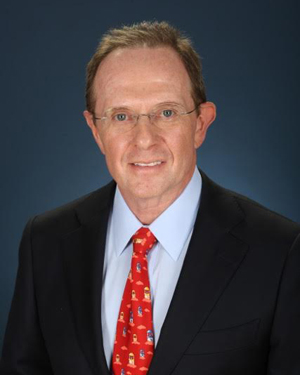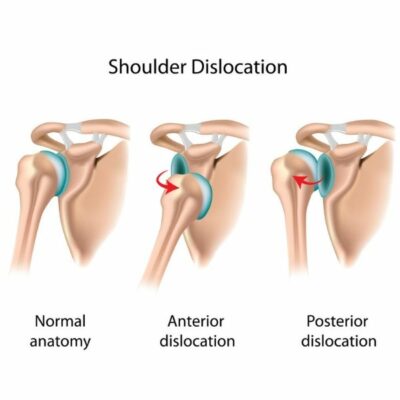Shoulder Instability Surgeon

Are you an athlete who participates in powerful overhead motions, such as serving in tennis or pitching in baseball? If so, you may be at risk of a sustaining a shoulder dislocation. Dr. James Mazzara, shoulder surgeon serving patients in Manchester, South Windsor, Enfield, Glastonbury and surrounding Hartford communities is highly experienced at performing arthroscopic stabilization surgery for shoulder instability in order to return full function to the affected joint. Contact Dr. Mazzara’s team today!
What Causes Shoulder Instability?
Shoulder instability occurs when the soft tissues; ligaments and cartilage (called the labrum) that surround the shoulder socket, become injured or weak. A direct blow, sports tackle, falling, or lifting something heavy overhead, can stretch the ligaments and tear the labrum from its correct location in the shoulder (this is called a Bankart lesion). These soft tissue restraints can also be damaged when a dislocation occurs. This happens when the humeral head (ball) and the glenoid area of the scapula (socket) pull away from each other. If the shoulder has been out of joint once, it is very likely to slip out of the socket again.
In severe cases of shoulder instability, a shoulder surgery may be needed to repair ligament and joint damage and to reduce the risk of additional dislocations. For patients in the Manchester, South Windsor, Enfield, Glastonbury and surrounding Hartford communities, Dr. James Mazzara is highly experienced at performing arthroscopic and open stabilization for shoulder instability to return full function to the affected joint.
What is Arthroscopic Stabilization for Shoulder Instability?
Arthroscopic stabilization for shoulder instability is a minimally invasive shoulder surgery done with a series of small incisions and specially built equipment. A small camera will help Dr. Mazzara assess the damaged area. He then will use small surgical instruments to place anchors into the bone on the glenoid that contain strong sutures. These sutures are then used to repair the torn labrum and ligaments which helps restore the anatomy of the joint to its natural position. This procedure will tighten the shoulder joint and keep it in its normal place.
What is Open Shoulder Reconstruction, Capsular Shift?
If a patient experiences bone loss, a dislocation that cannot be reduced completely, or has multi-directional instability, open surgery may be recommended over shoulder arthroscopy. The shoulder capsule is an envelope surrounding the synovial joint. Each capsule has two parts: an outer fibrous layer, where the ligaments are which stabilize the shoulder joint, and an inner synovial layer or membrane. These layers work together to stabilize the shoulder and to give it it’s range of motion. When they are damaged, the joint can slip out of place or easily dislocate.
An open shoulder reconstruction, capsular shift is a more traditional surgery performed to tighten the shoulder joint. In this shoulder surgery, Dr. Mazzara makes an incision along the front of the joint and the muscle in the front of the shoulder. This muscle is called the subscapularis and it is part of the rotator cuff. That muscle is detached to allow Dr. Mazzara to see inside the joint. The shoulder capsule can then be seen and split so the bottom part is pulled up and the top part is pulled down to decrease the overall volume of the shoulder capsule.
Is there an Advantage to the Open Capsular Shift?
The open capsular shift for shoulder reconstruction has been a “tried and true” shoulder surgery to correct instability when performed by Dr. Mazzara. The open technique gives him the ability to visualize the extent to which he needs to tighten the joint and reduce the volume of the shoulder capsule. Patients in the Manchester, South Windsor, Enfield, Glastonbury and surrounding Hartford communities who have had an open capsular shift have found greater stability when faced with multi-directional instability.
For more information on arthroscopic stabilization for shoulder instability and open shoulder reconstruction with capsular shift, please contact the orthopedic practice of Dr. James Mazzara, shoulder surgeon, in the Manchester, South Windsor, Enfield Glastonbury and surrounding Hartford communities.
